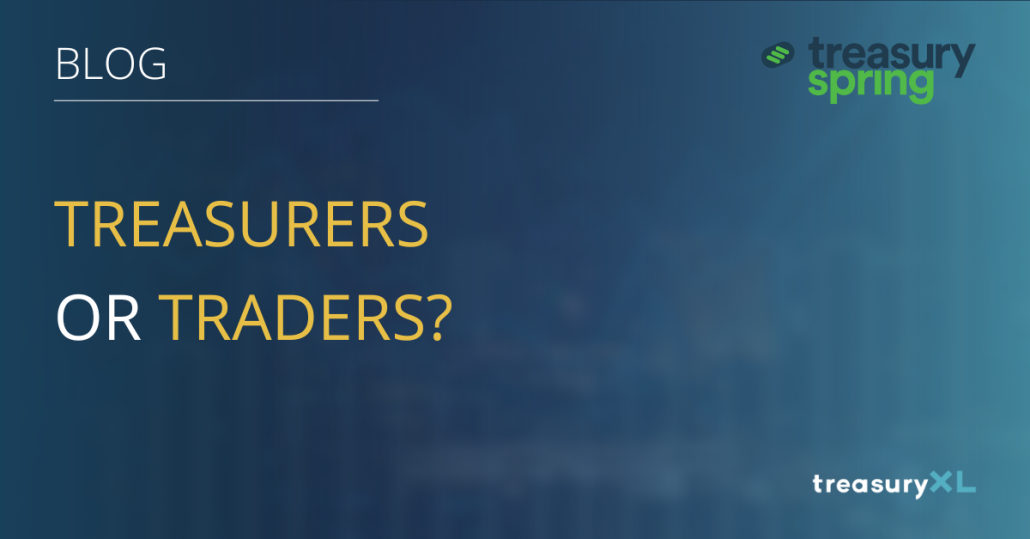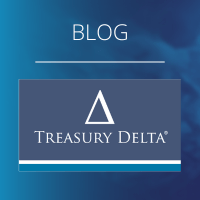Macro
Whilst only a couple of weeks into the new year, it has been hard to miss the move in government bond markets. You know it might be bad when the generalists on prime time TV are explaining what they have been told to say about it all! But we’ll get to that in the detail of the various currencies covered a little later. So what might help turn small green shoots into a stronger footing and what might not be priced in?
“The most positive outcome, in my mind, for the global population and markets is the ceasefire and release of hostages in the Middle East. Something similar in Ukraine would be a great start to the year for humankind, not just markets.”
Japan, following multiple decades in the doldrums, is now accelerating, taking with it interest rates and currency, whilst its neighbour, China, faces not just slowdown but continued need for intervention to stay on track: the scale of excess in the property market and the slowdown in consumption domestically, along with shifting geopolitics creating real drag and inverting what has been the status quo between the two for a considerable period. Despite tensions, Chinese exports had a strong December. One must always be considering both why this is and how sustainable it might be. Why? According to some commentaries there is a keenness to stockpile prior to expected go-live of those widely-publicised tariffs… which also tells us it probably won’t last.
Risk
Too early to have a firm view, although, year to date, Europe, bar the UK, is up across the board. In the US, all majors are marginally lower. Eyes will be firmly focused on earnings season where, as usual, banks will be reporting first. Dealmaking picked up throughout the year and, with rates higher for longer supporting net interest margin, the sector, often seen as an economic bellwether, may deliver much to cheer about. Either way, we won’t have to wait too long to find out. Two sides to every (fiat) coin though of course! Cuts were broadcast widely throughout 2024 and failed to materialize quite as predicted in some majors. Whilst comforting to lenders and helping unlock lines of credit, the higher for longer narrative continues to play out on a daily basis. At least unrealised losses linked to securities holdings on bank balance sheets previously discussed have been improving. One area for concern though would be the price-to-book ratio which varies widely. For the S&P 500, we are hovering around all-time highs, which does beg the question of how much further we can go.
“Another way to frame this is comparing returns to treasuries and corporate debt. In short, stocks fall short”
Is an AI-fueled boost to productivity being overly priced in? Perhaps. If earnings beat, perhaps we get back in line. Or else a reprice is on the cards and likely with it cries for cuts!
Credit
Has been benign through the hiking cycle and despite rates not coming down as swiftly as projected. The January corporate debt binge spree is in full swing. Spreads (versus risk-free proxies) are at 30-year lows. At the current pace, expectation is for a record $200 billion to be issued this month, surpassing the 2023 record by just over 6%. With tariff announcements potentially dropping 20 January, some practitioners believe folks are keen to lock in prior to a return of volatility. As for buyers, there is a keenness to own debt at higher outright levels prior to any further (potential) easing.
“Nobody can be right all of the time!”
It’s a similar picture across the rest of capital markets, with appetite at the riskier end of the spectrum healthy (or perhaps more accurately, large). Noteworthy examples being the leveraged loan market printing over $30 billion in the first week of January alone, along with risker Chinese debt bouncing back.
EUR
Of the majors covered, terminal rate, numbers of cuts, and the velocity of easing are all considerably higher and faster. As it stands, the next two meetings of 30 January and 6 March are likely to see an easing of 0.25% a piece. Come the end of the year, the base rate is expected to be a meagre 2%. It doesn’t take much to see why. The economic power houses of France and Germany continue to slow and political uncertainty and unrest are doing nothing to help. Budgets are also rightly being questioned. With less spending comes less growth. Tensions with other major trading partners, specifically the US and China, are being tested. Whilst this may at first seem just to be a European problem, over 40% of the S&P 500, for example, is heavily influenced by overseas customers, a large part of which is made up by the bloc.
“The currency continues to weaken and we are not far off testing parity again with the strong USD: a Euro buying just $1.025.”
At least exports are cheapening, but the question remains, to what degree said benefit is wiped out by those all-important duties and trade disputes…
GBP
Despite all the negative messaging I don’t see a call to the IMF for funding being required any time soon. Gilt yields have risen but not so out of whack at this stage when considering moves in US Treasuries. Yes, there are budgetary constraints and headroom has been eroded, but inflation remains a concern here though and should not be forgotten. To be fair, the balance sheet was not in the best shape when Chancellor Reeves took over, the budget though, did appear to have some rose tint to it. It felt inevitable, and is more often than not the case, that revisions are required. What happened to “Keep calm and carry on”? As I have said many times, I do not envy the role of the central banker. At least employment remains good, real estate is holding, and, whilst there is a degree of reprice that is likely inevitable with some reversal of yield curve inversion, at this juncture it is not as dramatic as it sounds. Sorry to those looking to sell newspapers.
“On a trade-weighted basis (calibrating buying power when considering what you actually buy and the respective currency) the pound has actually strengthened, the true outlier globally being USD strength.”
Inflation surprisingly on the low side in December has brought the market expectation for a cut in February back from around 50% to 90%. Weaker than expected November growth and surprisingly weak retail sales in December will also give the MPC lots to consider at that meeting around the path of the UK economy through the year. At least it will be interesting! Cuts had been pushed out and pared back to only 0.40% of easing for the year… but in three days that has jumped to nearly 0.60%. It can’t be that bad just yet. On the other hand, perhaps it’s all gone too far the other way. Not to sit on the fence though, I still buy the higher/longer narrative. At the very least it is clear the blunt mechanism of base rates to heat or cool demand is less impactful at the margins and takes longer to come into effect.
USD
The consumer remains strong, all important given the makeup of the economy here. Employment, as evidenced by the first non-farm payrolls data (a key employment gauge) came in a full 55% higher. Whilst a volatile figure and often revised, the degree to which the surprise was to the upside could not remain unnoticed. Additional indicators (such as the TIPP Optimism Index) highlighted a strong shift to folks being very optimistic about the US economy over the coming quarters. No doubt this, along with various manufacturing and input prices remaining above target and in some instances reaccelerating, has seen the need for easing certainly abated. New policies aside, the US is bucking much of the global trend of suffering from meagre growth, both realised and projected. Longer-dated government debt yields are retesting highs not seen since prior to the onset of the current easing cycle. Whilst too soon to call the bottom, a prolonged pause certainly does not feel out of the question. This is certainly observable in what is currently predicted over the next several Federal Reserve meetings. The first full 0.25% cut now only coming in September, apparently, and that potentially being your lot for 2025. No wonder stocks seem a little sad. Guess we’ll need to rely on actual growth in revenue and output to maintain this path. What might rock the boat? Well, despite consumers being both employed and confident, there is a slice of the population that is falling behind. Quite literally.
“Defaults on US credit card loans have hit their highest since the crisis of ’08, telling us lower income households are not making do.”
By some measures, defaults jumped 50% year on year and, whilst nominally $46 billion in debt written off is large, in the grand scheme of things, it remains a drop in the ocean.
I’d look more closely at commercial real estate along with other lending to smaller firms that are more dependent on customers from this part of the population. This does, though, feel like trying to find cracks in the armour.
So what?
Things could be a lot worse and in several instances there are reasons to be upbeat. As always though, events move fast and prudence and preparedness should be front and centre. An old trader adage springs to mind, being…”where is the exit?” should things sour. Cash remains a highly attractive asset class with higher for longer and term premiums being available. The devil is of course in the detail. When records are being broken where risk assets are now expensive and the premiums are at a minimum when thinking about credit, the question to pose is for how long this might be sustainable and how best to steer clear.











